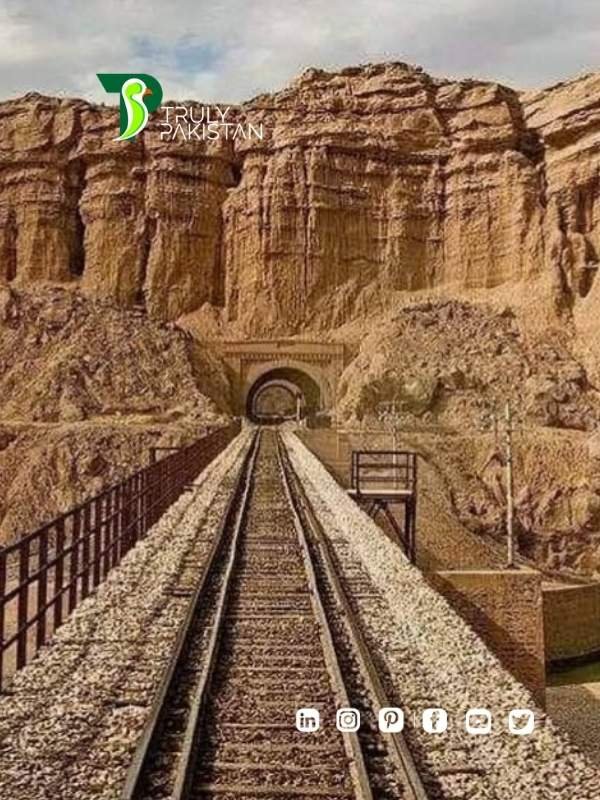Important Places of Balochistan: A Complete Guide
Agree: Balochistan is Pakistan’s largest province, covering nearly 44% of the country’s land area. Yet, it remains one of the least explored regions, hiding countless treasures of history, culture, and natural beauty.
Promise: In this guide, we’ll uncover the most important places of Balochistan — from ancient civilizations and colonial landmarks to breathtaking coastlines and mountain valleys.
Preview: You’ll discover archaeological wonders like Mehrgarh, colonial heritage in Ziarat, natural gems such as Hingol National Park, and practical tips to plan your journey across this extraordinary province.
Table of Contents
Ancient Civilizations and Archaeological Important Places of Balochistan
Mehrgarh – Cradle of South Asian Civilization
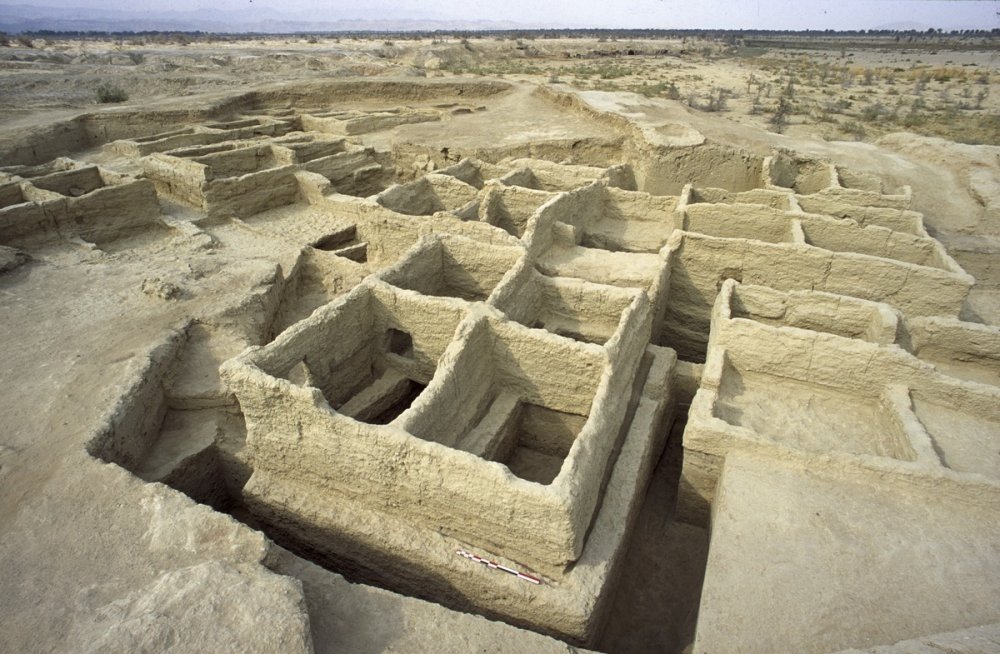

Dating back to around 7000 BCE, Mehrgarh is one of the oldest known settlements in South Asia and often called the “cradle of civilization.” Located near the Bolan Pass in the Kacchi Plain, it provides evidence of early farming communities and the transition from nomadic to settled life. Archaeologists have unearthed over 32,000 artifacts here, including pottery, tools, and ornaments. For history enthusiasts, visiting Mehrgarh is like stepping back into the origins of South Asian culture.
Kulli Culture and Nindo Damb Sites
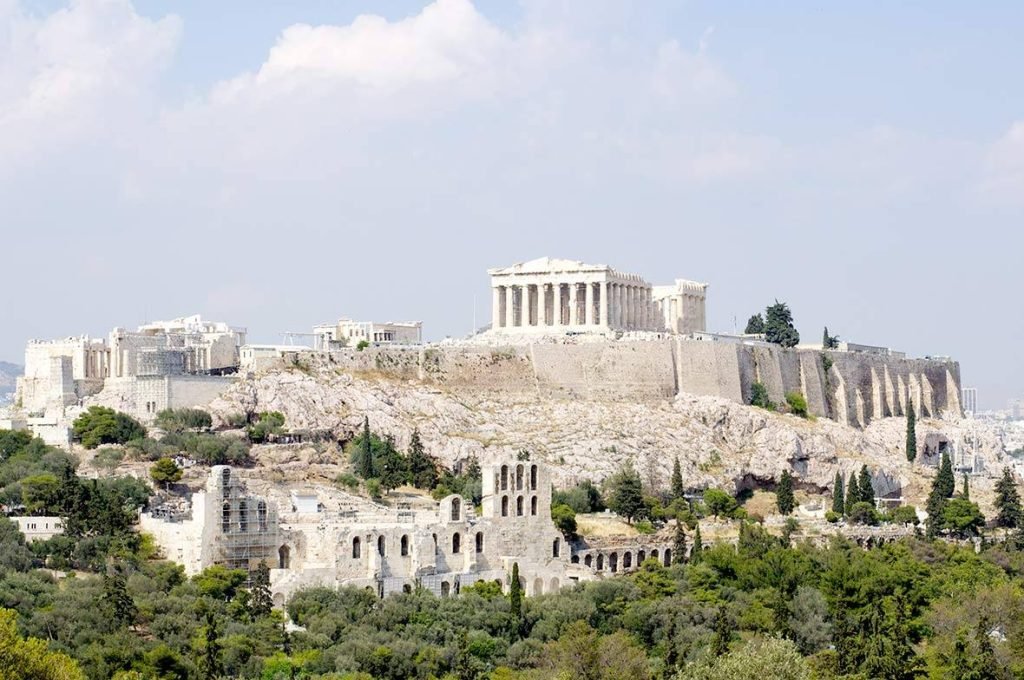

The Kulli Culture, flourishing around 2500 BCE, represents one of Balochistan’s unique ancient traditions. Sites like Nindo Damb showcase terracotta figurines, painted pottery, and evidence of early urban planning. These sites reveal how Balochistan played a vital role in linking the Indus Valley Civilization with neighboring regions of Central Asia and Mesopotamia.
Pirak Archaeological Complex
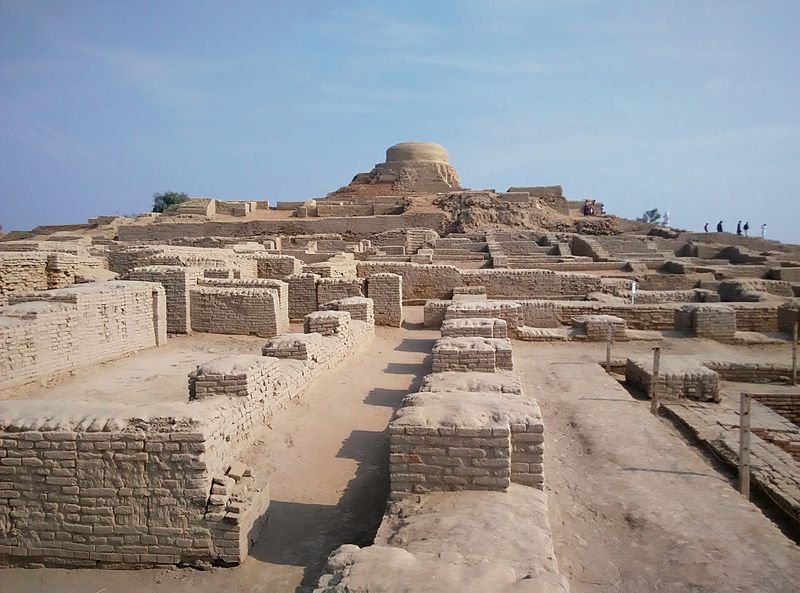

Discovered in the 1960s, the Pirak site near Mehrgarh dates back to the late Bronze Age (1800–800 BCE). Archaeologists found figurines of camels and horses here, offering some of the earliest evidence of domestication in South Asia. The site highlights Balochistan’s importance in trade and cultural exchange across ancient civilizations.
Quick Checklist of Archaeological Important Places:
- Mehrgarh – Early farming settlements (7000 BCE)
- Kulli Culture Sites – Painted pottery and terracotta figurines
- Pirak – Early domestication of horses and camels
Colonial Heritage and National Important Places of Balochistan
Quaid-e-Azam Residency Ziarat
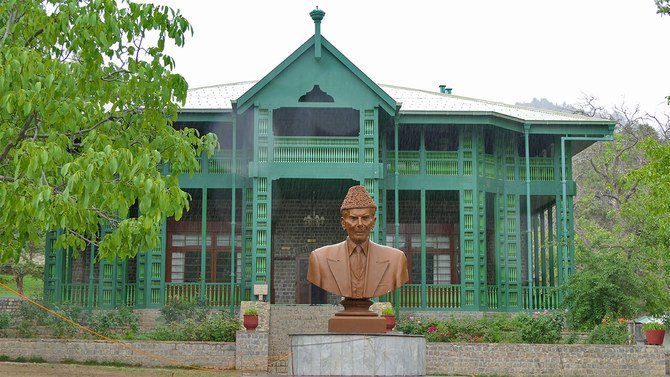

Few places feel as intimate to Pakistan’s story as the wooden colonial-era Quaid-e-Azam Residency in Ziarat. This is where Muhammad Ali Jinnah spent his final days, surrounded by ancient juniper forests and crisp mountain air. The building’s timber architecture, sloped roofs, and period furnishings make it both a national monument and a serene retreat for history lovers.
- Why it matters: Personal connection to the founder of Pakistan + exemplary colonial craftsmanship.
- Plan it: Combine with Ziarat town strolls and nearby juniper forest viewpoints.
Bolan Pass – Gateway of Civilizations
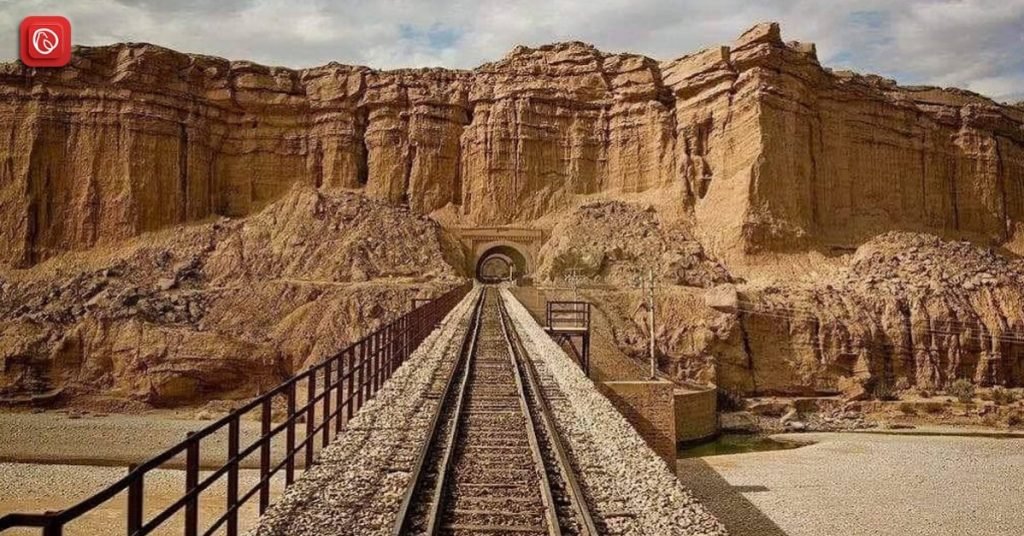

Carved by time and trade, the dramatic Bolan Pass has linked South Asia with Central and West Asia for millennia. Traders, armies, and explorers moved through its river-sculpted gorge, leaving behind stories of conquest and cultural exchange. Today, its switchbacks and tunnels feel like a living museum of strategic geography.
- Look out for: Railway bridges, old tunnels, and panoramic photo stops.
- Travel tip: Check road and weather conditions before setting off—visibility can change fast.
British-Era Railway and Infrastructure
From stone viaducts to vintage stations, British-era engineering helped stitch Balochistan’s rugged landscapes together. Rail heritage near Bolan and the Quetta corridor showcases elegant arches and cut-rock galleries—remarkable feats for their time. Signature feature Masonry bridges and curved galleries hewn into mountain flanks. Best experience Golden-hour photography when shadows accentuate textures and arches.
Urban and Cultural Important Places in Balochistan
Quetta – The Fruit Garden of Pakistan
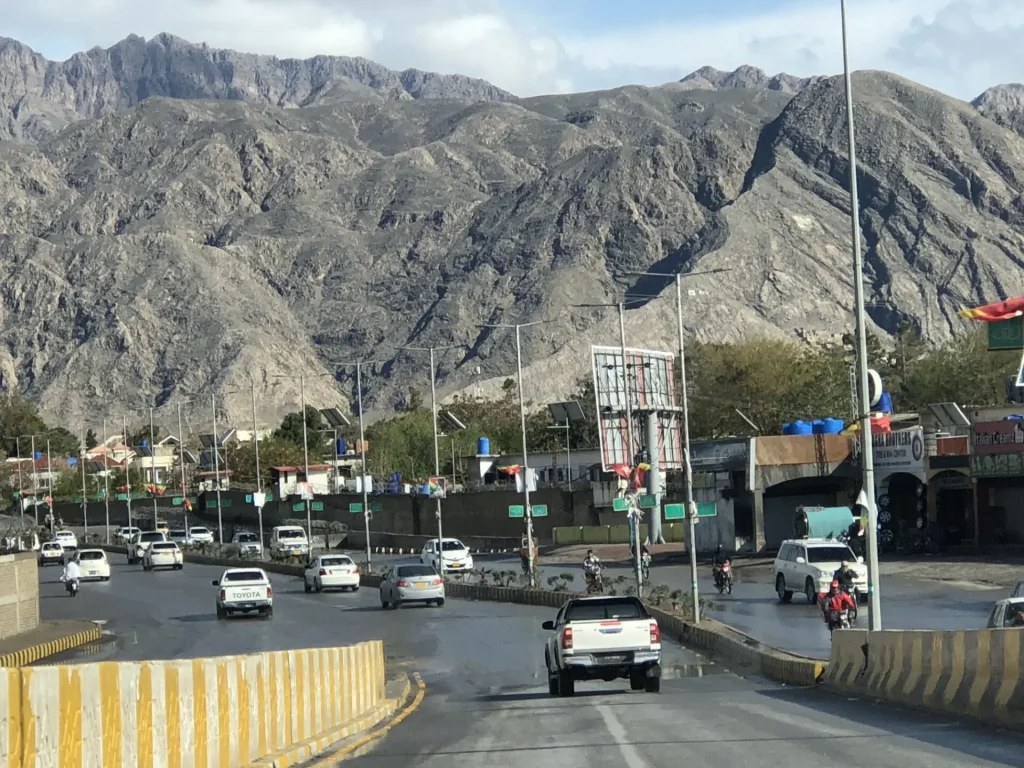

Quetta blends bustling bazaars, mountain-ringed views, and a mix of Pashtun and Baloch cultures. Wander the markets for dried fruits and handmade crafts, then sample local kehwa (green tea) to warm up on crisp evenings. The city works well as a hub for day trips in every direction.
- Don’t miss: Local bakeries, seasonal fruit stalls, and handicraft lanes.
- Good to know: Dress modestly and ask before photographing people or shops.
Balochistan Museum and Archaeological Collections
Want context before you explore the field sites? Head to provincial museums in Quetta to see pottery, tools, coins, and ethnographic displays that tie the region’s past to its living traditions. A quick museum stop can transform ruins and rock into a cohesive story.
- Pro move: Note artifact labels and timelines—then connect them to Mehrgarh and Pirak on-site.
Hanna Lake and Hazarganji–Chiltan National Park


Just outside Quetta, Hanna Lake mirrors ochre hills and pine silhouettes—great for strolls and easy family photos. Nearby, the Hazarganji–Chiltan National Park protects unique flora and the elusive Chiltan markhor. It’s a quick lift from urban bustle into highland calm.
- Easy combo: Morning at Hanna Lake → afternoon wildlife spotting trails (with a guide where required).
- Pack list: Sun protection, layered clothing, and plenty of water—highland weather can swing.
Coastal and Maritime Important Places of Balochistan
Gwadar Port – Ancient Hub to CPEC Gateway


Gwadar Port has transformed from a centuries-old fishing settlement into a modern deep-sea port under the China–Pakistan Economic Corridor (CPEC). But beyond geopolitics, Gwadar offers travelers a chance to see pristine beaches, vibrant bazaars, and a cultural crossroads where Persian, Arab, and South Asian influences meet.
- Why visit: Blend of history, commerce, and sweeping coastal views.
- Tip: Sunset walks along the coast are spectacular—don’t forget your camera.
Hingol National Park and Princess of Hope
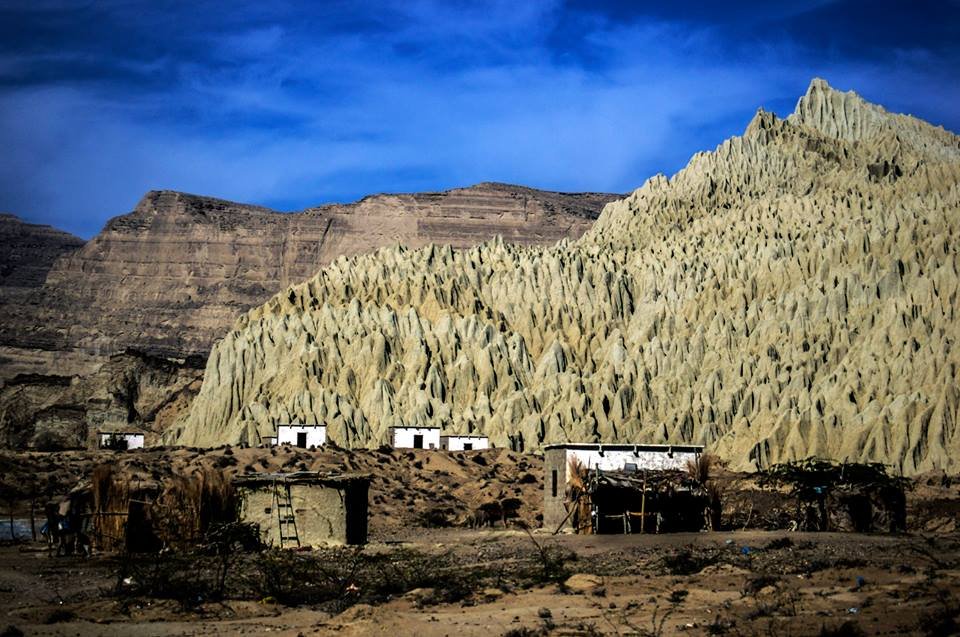

Spanning more than 6,000 square kilometers, Hingol National Park is Pakistan’s largest protected area. It features rugged canyons, mud volcanoes, and the striking “Princess of Hope” rock formation—sculpted naturally by wind and erosion. The park is also home to rare wildlife, including ibex and endangered olive ridley turtles along the coast.
- Highlights: Princess of Hope, Sphinx-like rock, and the Hinglaj Mata temple.
- Access: Easily reached via the Makran Coastal Highway.
Kund Malir Beach and Makran Coastal Highway
Golden sands stretch endlessly at Kund Malir Beach, often ranked among Asia’s cleanest beaches. The drive itself along the Makran Coastal Highway is an attraction—curving roads between desert cliffs and turquoise waters make it one of Pakistan’s most scenic routes.
- Good for: Day trips, camping, and night sky photography.
- Travel tip: Pack food and fuel; amenities are sparse on the route.
Astola Island – Pakistan’s Marine Paradise
Known locally as “Haft Talar” (Island of Seven Hills), Astola Island is Pakistan’s largest offshore island and a designated marine protected area. Accessible by boat from Pasni, the island is famous for coral reefs, seabird nesting sites, and clear waters—ideal for snorkeling and eco-tourism.
- Best season: Summer months when seas are calmer.
- Responsible travel: Carry back all trash and avoid disturbing marine life.
Natural Wonders and Geological Important Places of Balochistan
Moola Chotok Waterfalls
Tucked in the Khuzdar district, Moola Chotok is a hidden oasis surrounded by tall cliffs. The turquoise cascades contrast sharply with the arid terrain, creating one of Balochistan’s most Instagram-worthy landscapes. Due to its remote location, it offers solitude and a sense of discovery.
- Best for: Adventure seekers and off-road travelers.
- Preparation: 4×4 vehicles and local guides are essential for access.
Pir Ghaib Falls
Legend and nature meet at Pir Ghaib, where crystal-clear waterfalls flow through rugged hills. According to folklore, a saint vanished here centuries ago, giving the site its name (“The Invisible Saint”). The blend of spirituality and natural beauty makes it a popular picnic spot.
- Local lore: Associated with mysticism and Sufi traditions.
- What to pack: Picnic essentials, swimwear, and sturdy shoes.
Ziarat Juniper Forests
The Ziarat Juniper Forests are among the world’s oldest, with trees estimated at over 5,000 years old. Covering thousands of hectares, this forest plays a vital role in local ecology and is considered sacred by many residents. Walking among ancient junipers is like stepping into a living relic of Earth’s history.
- UNESCO status: Part of Pakistan’s tentative list of heritage sites.
- Good to know: Respect local customs—avoid damaging branches or disturbing wildlife.
Cultural Landscapes and Traditional Important Places of Balochistan
Pishin Valley – Pashtun Agricultural Heritage
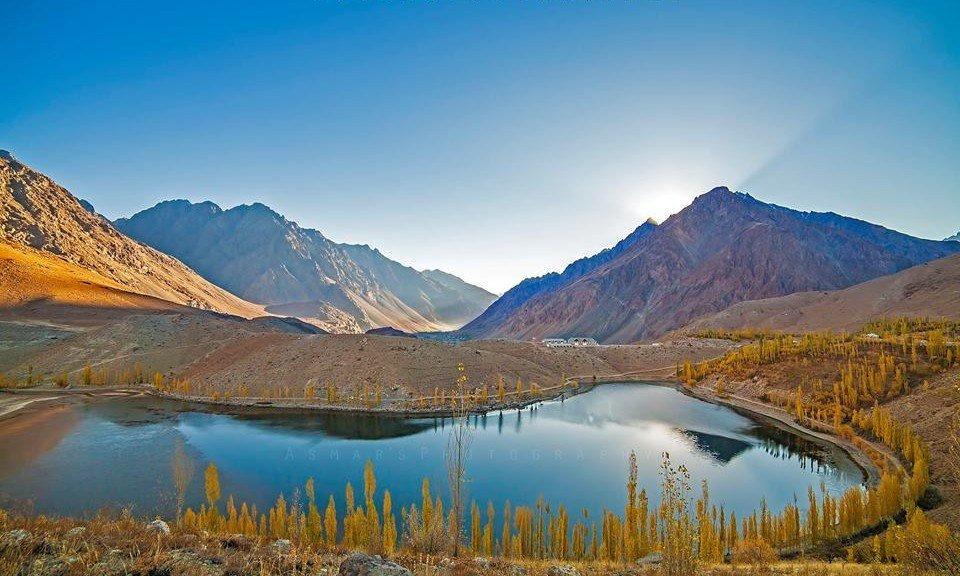

Pishin Valley is celebrated for its orchards of apples, grapes, and cherries, earning it the nickname “Little Switzerland of Balochistan.” Surrounded by rolling hills and fertile plains, the valley reflects the rich agricultural traditions of Pashtun communities.
- Experience: Seasonal fruit festivals and warm Pashtun hospitality.
- Tip: Visit during late summer for harvest season.
Sibi City and Annual Cultural Festivals
Known as the “Gateway to Balochistan,” Sibi is famous for its Sibi Mela—a centuries-old cultural and livestock festival attracting traders, musicians, and folk performers. The city also features historical forts and markets that highlight Balochistan’s blend of traditions.
- When: February–March each year.
- Don’t miss: Folk dances, handicraft stalls, and camel shows.
Local Balochi Traditions and Hospitality
Beyond landmarks, Balochistan’s heart lies in its people. Guests are treated with deep respect, often welcomed with sajji (traditional roasted lamb) or kaak bread. Sitting around a family dastarkhwan (spread) is as much a cultural experience as visiting monuments.
- Cultural etiquette: Accept tea when offered—it’s a symbol of hospitality.
- Note: Always ask permission before photographing locals.
Planning Your Visit to Important Places of Balochistan
Best Time to Visit Balochistan
Balochistan’s climate varies from arid deserts to cool highlands. For coastal trips (Gwadar, Kund Malir), October to March offers pleasant weather. For Quetta, Ziarat, and Pishin Valley, summer months (May–August) are ideal for escaping Pakistan’s heat.
Transportation and Route Planning
Travel across Balochistan requires preparation. The Makran Coastal Highway connects Karachi to Gwadar, while Quetta serves as the provincial hub. 4×4 vehicles are strongly recommended for offbeat destinations like Moola Chotok.
- Major routes: Karachi → Gwadar, Quetta → Ziarat, Quetta → Sibi.
- Permits: Some areas require an NOC for foreign tourists—check in advance.
Accommodation and Local Services
Hotels in Quetta, Gwadar, and Ziarat range from basic guesthouses to mid-range lodges. Remote areas have limited facilities, so travelers should carry essentials. Booking in advance is wise during festivals like Sibi Mela.
Cultural Etiquette and Safety Guidelines
Balochistan is welcoming but culturally conservative. Modest dress, respectful behavior, and traveling with local guides where possible enhance safety and experience. Always stay updated on travel advisories before setting out.
FAQ on Important Places of Balochistan
What are the most famous important places of Balochistan?
Mehrgarh, Quaid-e-Azam Residency Ziarat, Gwadar Port, Hingol National Park, Kund Malir Beach, and Ziarat Juniper Forests rank among the most visited sites.
Is it safe to visit important places of Balochistan?
Yes, with preparation. Stick to main routes, hire local guides, and follow official advisories. Coastal and tourist areas are generally safe for travelers.
Which important places of Balochistan are family-friendly?
Hanna Lake, Kund Malir Beach, Quetta’s parks, and Ziarat offer great options for families with children.
Do foreigners need permits to visit important places of Balochistan?
Some locations, particularly near sensitive borders, require a No Objection Certificate (NOC). Always confirm requirements before travel.
When is the best time to visit important places of Balochistan?
October to March is best for coastal trips; May to August is ideal for highland destinations like Quetta and Ziarat.
Conclusion: Explore the Important Places of Balochistan
Balochistan is more than just Pakistan’s largest province—it’s a living museum of ancient civilizations, colonial history, natural beauty, and vibrant traditions. From the Neolithic ruins of Mehrgarh to the azure waters of Kund Malir and the timeless juniper forests of Ziarat, the important places of Balochistan tell stories of resilience, culture, and breathtaking landscapes.
Whether you are a history enthusiast, nature lover, or cultural explorer, this province offers something extraordinary. Each site carries a legacy—be it the footprints of South Asia’s earliest farmers, the final residence of the country’s founder, or the untouched beaches that rival the world’s best.
Call to Action: Ready to embark on your journey? Start planning your trip today and experience the important places of Balochistan with respect, curiosity, and wonder. The province awaits your discovery.
About the Author
Author: ZunNurain Khalid — Travel & Tourism Specialist, Founder of ExploreX Pvt. Ltd., and advocate for sustainable tourism in Pakistan. With over a decade of experience in digital marketing and destination branding, ZunNurain has worked extensively on promoting Pakistan’s natural and cultural heritage.

